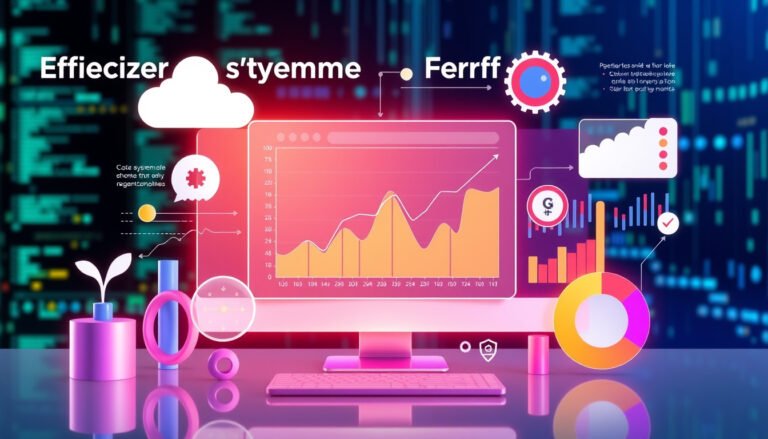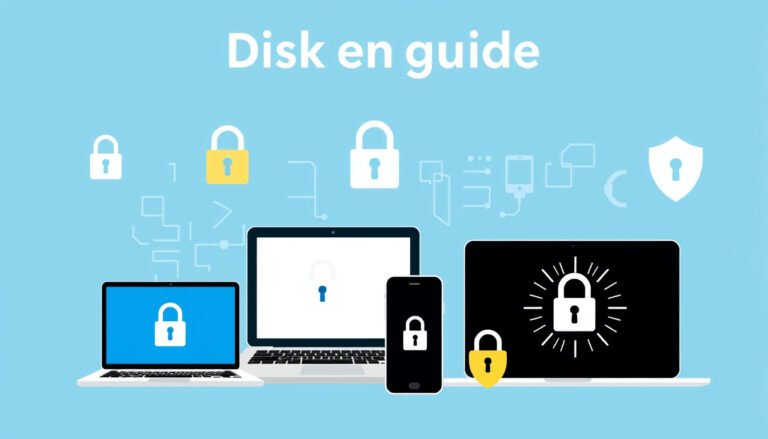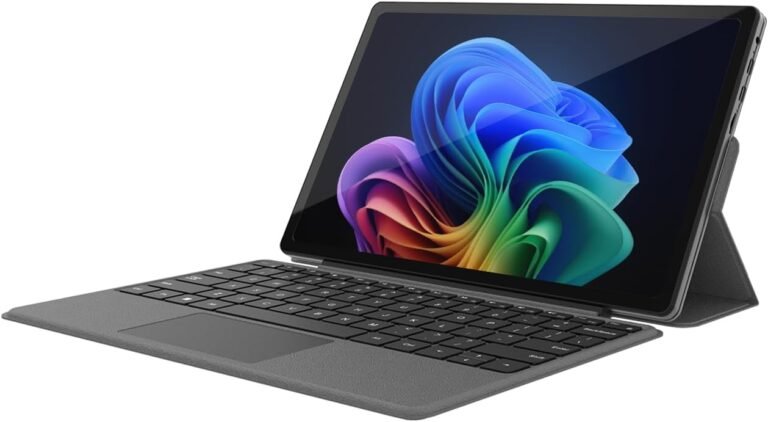
In today’s digital age, children have unprecedented access to the internet through smartphones, tablets, computers, and gaming devices. While this access can foster learning and entertainment, it also exposes them to risks like inappropriate content, cyberbullying, excessive screen time, and online predators. Parental control software is an essential tool for guardians seeking to create a safer and healthier online environment for their kids. This guide explores how to effectively use parental control software to protect your children while respecting their autonomy and encouraging positive digital habits.

What Is Parental Control Software?
Parental control software refers to applications or built-in operating system features that help parents monitor, manage, and restrict children’s digital activities. These tools allow you to filter content, limit screen time, supervise social interactions, and track device usage and location—all from a centralized dashboard on your own device.
Why Use Parental Control Software?
- Protect Against Harmful Content: Block access to websites, apps, or games with inappropriate or unsafe material.
- Manage Screen Time: Set daily limits to prevent excessive use, encouraging balance with offline activities.
- Monitor Social Interactions: Keep an eye on messages, social media, and app usage to detect issues like cyberbullying or contact with strangers.
- Track Location: Utilize geofencing and GPS features to know your child’s whereabouts for added safety.
- Foster Healthy Digital Habits: Help kids learn responsible technology use by setting rules and screen-free periods.
Choosing the Right Parental Control Software
When selecting a parental control solution, consider the following:
- Device Compatibility: Ensure the software supports all devices your child uses, including Android, iOS, Windows, macOS, or Chromebook.
- Features: Look for content filtering, screen time management, social media monitoring, call/SMS supervision, location tracking, and alert systems.
- Ease of Use: The setup process and dashboard should be intuitive for parents, and ideally, offer transparency or consent to children to foster trust.
- Privacy and Data Security: Choose apps that respect user privacy and securely handle collected data.
- Cost: Options range from free built-in OS tools to subscription-based third-party apps.
Popular Parental Control Solutions in 2025
Native OS Tools
- Apple Screen Time: Built into iOS and macOS, it offers web content filtering, app limits, and usage reports without extra cost.
- Google Family Link: For Android devices, it facilitates device management, app approvals, and screen time settings.
- Microsoft Family Safety: Works across Windows and Xbox with features like activity reporting and screen time scheduling.
These tools are recommended for their reliability, privacy standards, and zero additional cost.
Third-Party Apps
- Bark: Known for AI-powered monitoring of emails, texts, social media, and multimedia files, Bark screens content across multiple categories, sends customizable alerts, and has location tracking and screen time features. It supports unlimited devices, starting around $14/month.
- Qustodio: A comprehensive digital wellbeing tool with robust web filtering, app blocking, time management, call and SMS monitoring (on Android), and family location tracking. Qustodio’s dashboard provides detailed activity reports and real-time alerts.
- Boomerang: Focused on Android monitoring, Boomerang offers web filters, geofencing, YouTube tracking, and SMS/call supervision.
- FamilyTime Premium: Highlights include app blocking, location tracking, SOS alerts, and screen time schedules.
- Norton Family: Offers extensive web content filtering across numerous categories, age-specific restrictions, app blocking, and unlimited device connections.
How to Effectively Use Parental Control Software
- Involve Your Child: Discuss the reasons for using parental controls and set rules together to promote understanding and compliance.
- Customize Settings: Tailor filters and time limits according to age, maturity, and your family values to balance protection with freedom.
- Monitor and Communicate: Use reports and alerts as a basis for ongoing conversations about internet safety and responsible behavior.
- Regularly Update and Review: Technologies and children’s online habits evolve—adjust controls and revisit agreements as needed.
- Use Complementary Measures: Combine software controls with education about privacy, cyberbullying, and digital etiquette.
Potential Limitations and Considerations
- Tech-Savvy Kids: Some children may attempt to bypass restrictions; maintaining open communication and trust is key.
- Privacy Concerns: Avoid overly invasive spying; focus on guidance rather than surveillance.
- Data Handling: Be cautious with third-party apps that collect substantial personal information.
Conclusion
Parental control software is a powerful ally in managing the complex online world for children. By choosing the right tools, setting sensible guidelines collaboratively, and maintaining open dialogue, parents can provide a safer digital experience that nurtures healthy tech habits and peace of mind. Remember, the goal is not just to block but to empower children to navigate the internet responsibly.
Additional Resources
To get started, consider exploring free native tools on your child’s devices and supplement with a trusted, well-reviewed third-party app if you need more advanced features. For example, Qustodio offers an easy setup and comprehensive monitoring, while Bark provides AI alerts that capture subtle risks.
Stay informed with parental guides and safety tips from reliable sources, and keep the conversation about internet safety ongoing with your children.
Unlock peace of mind today by embracing parental control software as part of your family’s digital safety strategy.









